Optimal Timing for Concrete Leveling
Concrete levelings are most effectively performed during specific weather conditions to ensure proper curing and longevity. Temperature, moisture, and seasonal factors all influence the success of leveling projects.
Ideal for concrete levelings due to moderate temperatures and consistent weather, which help achieve optimal curing conditions.
Suitable when temperatures are stable and not excessively high, reducing the risk of rapid drying that can affect adhesion.
Effective as temperatures begin to cool, allowing for proper setting without the risk of freezing temperatures.
Cold temperatures and freezing conditions can hinder curing and cause additional issues, making winter unsuitable for levelings.

Spring offers optimal conditions for leveling projects with mild temperatures and increased moisture.

Summer provides warm weather suitable for curing, but precautions are needed to prevent rapid drying.

Fall allows for effective leveling before winter, ensuring stability and durability.

Ways to make Concrete Levelings work in tight or awkward layouts.

Popular materials for Concrete Levelings and why they hold up over time.

Simple add-ons that improve Concrete Levelings without blowing the budget.

High-end options that actually feel worth it for Concrete Levelings.

Finishes and colors that play nicely with Concrete Levelings.
| Season | Ideal Conditions |
|---|---|
| Spring | Moderate temperatures, increased moisture, and stable weather |
| Summer | Warm temperatures, avoid extreme heat, ensure proper hydration |
| Fall | Cooling temperatures, dry days, and no frost |
| Winter | Not suitable due to freezing temperatures and moisture issues |
Concrete levelings involve raising and leveling uneven concrete surfaces to restore safety and aesthetics. This process typically uses specialized materials like polyurethane foam or cement-based compounds. Proper timing ensures that the materials cure correctly, providing long-lasting results. Statistics indicate that performing levelings in favorable weather can extend the lifespan of the repair by up to 50% compared to projects done under adverse conditions.

Optimal for consistent curing and minimal weather disruptions.
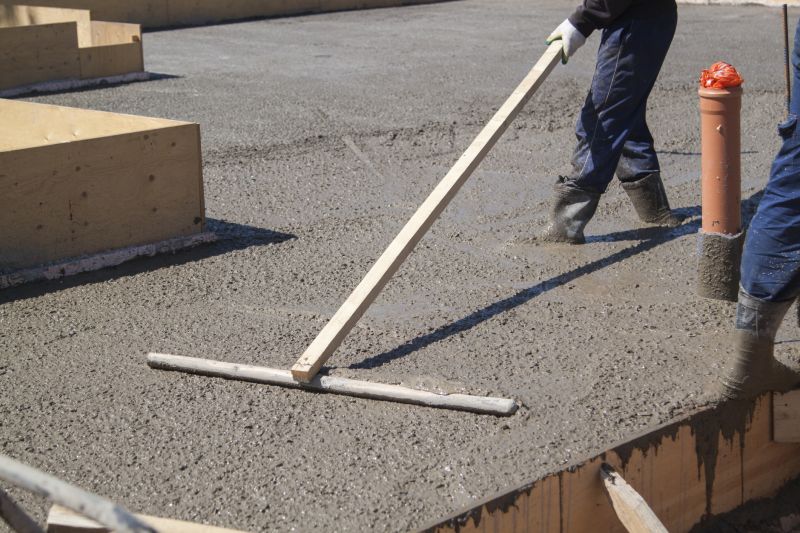
Requires precautions against rapid drying and temperature extremes.
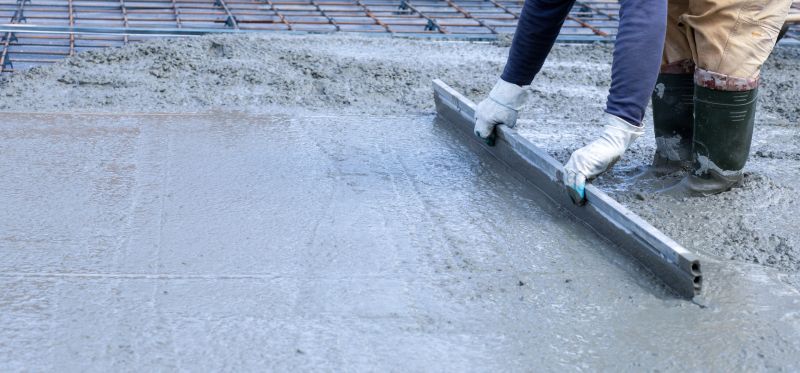
Prepares surfaces before winter conditions set in.

Not recommended due to freezing temperatures impacting curing.
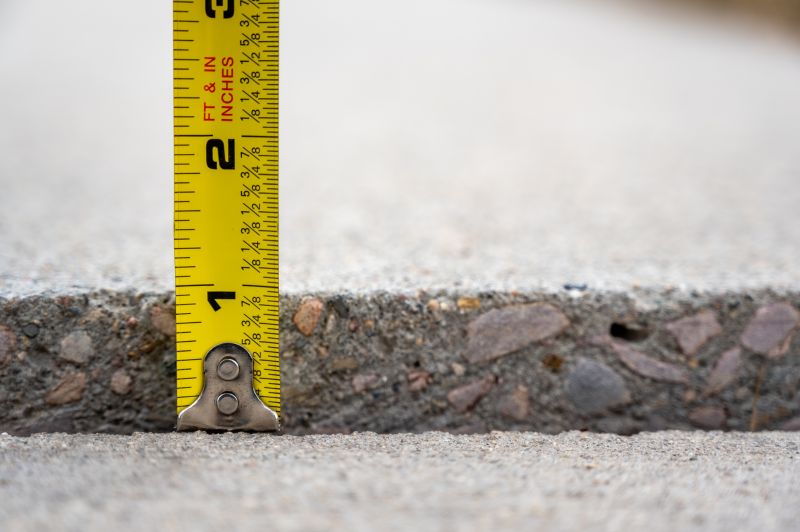
Little measurements that prevent headaches on Concrete Levelings day.
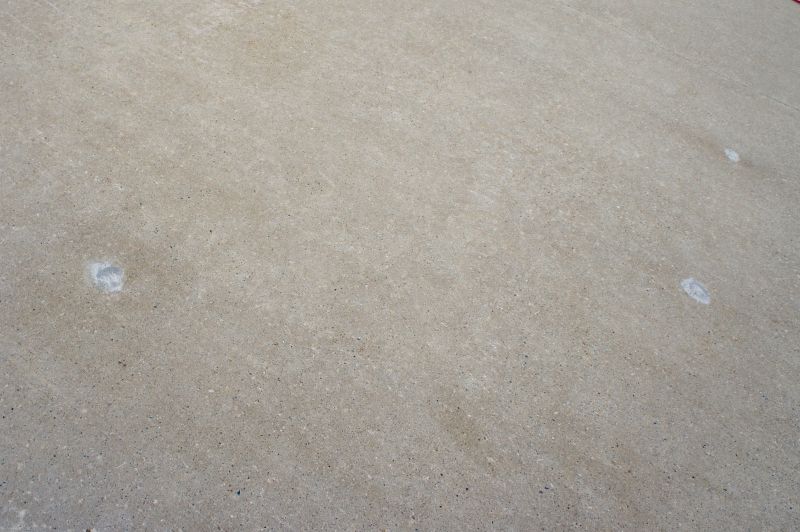
A 60-second routine that keeps Concrete Levelings looking new.
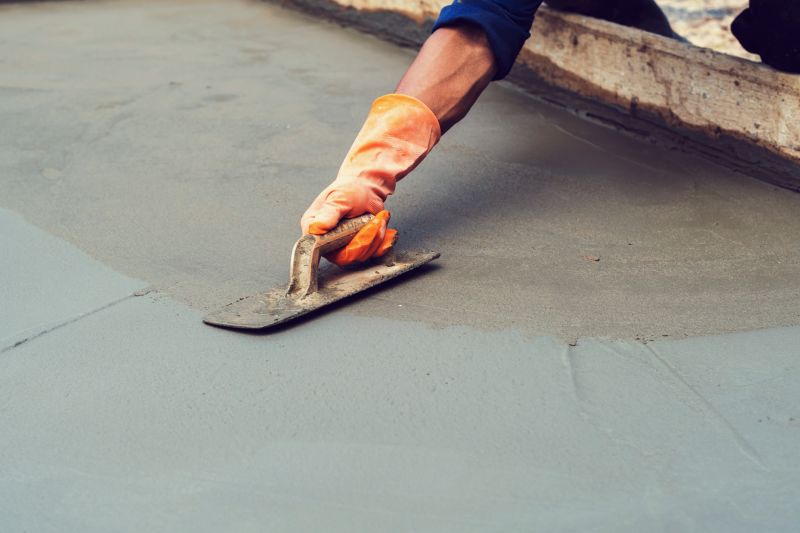
A frequent mistake in Concrete Levelings and how to dodge it.
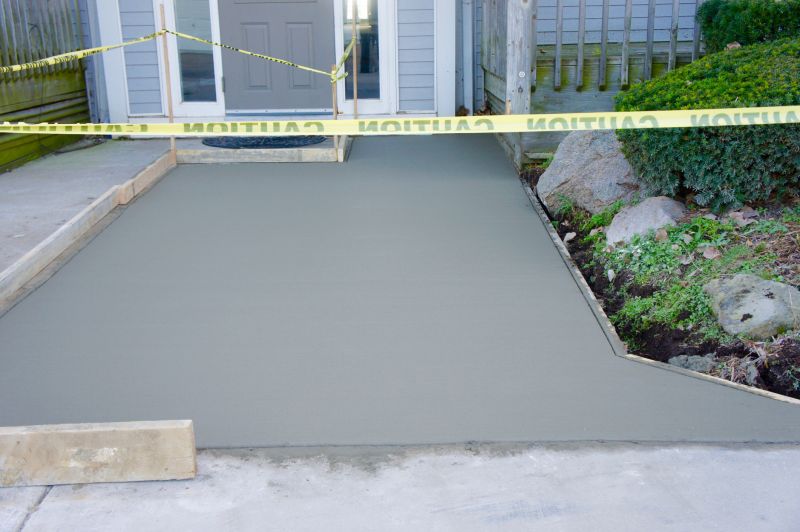
Small tweaks to make Concrete Levelings safer and easier to use.
Interested in scheduling a concrete leveling project? Filling out the contact form provides more details about timing options and helps ensure the best results for specific site conditions.

